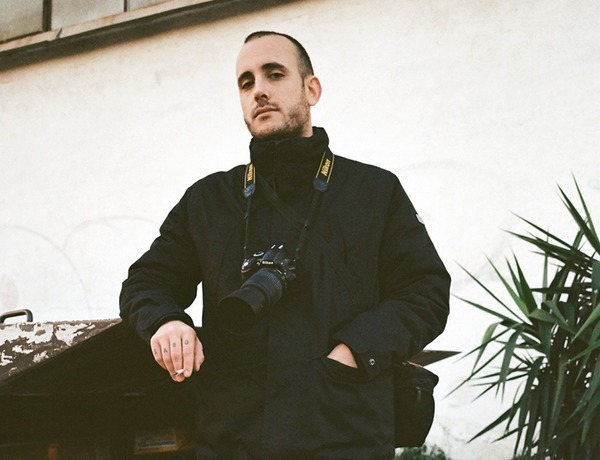
The First Cemetery of Athens, also known as the Cemetery of the Athenians, is one of the oldest and most historic cemeteries in Athens, Greece. It was established in 1837 and was the first organized cemetery of the modern Greek state. It is located in the central Athens neighborhood of Mets, near the Temple of Olympian Zeus and the Panathenaic Stadium.
The cemetery is the final resting place for many notable Greeks, including politicians, artists, writers, and scientists. Among the famous individuals buried there are the poet Kostis Palamas, the composer Mikis Theodorakis, the politician Eleftherios Venizelos, and the archaeologist Heinrich Schliemann.
The First Cemetery of Athens is not only a place of mourning but also a cultural site with numerous sculptures, mausoleums, and ornate tombs. The cemetery is designed like a small park, with winding paths and shady trees that make it a peaceful and contemplative place to visit. It is also a popular tourist destination, with guided tours available to visitors who want to explore the cemetery’s rich history.
In recent years, the cemetery has undergone renovations to improve the facilities and preserve its historic monuments. Today, the First Cemetery of Athens remains an important cultural institution that provides a glimpse into Greece’s past and honors the memory of its most illustrious citizens.
Website
cem.cityofathens.gr
cem.cityofathens.gr





